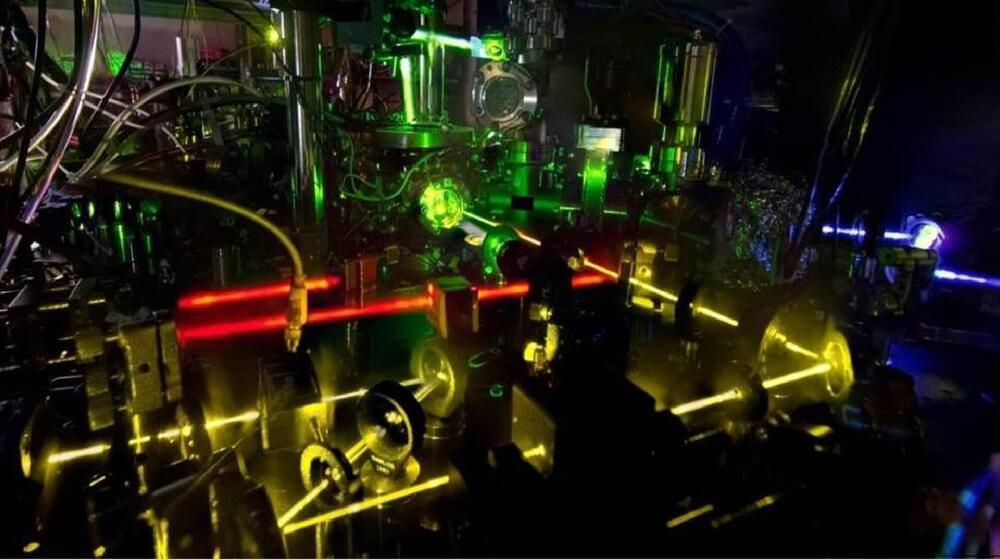Scientists have unveiled plasma and magnetic field interactions, revealing insights into cosmic jet formation.
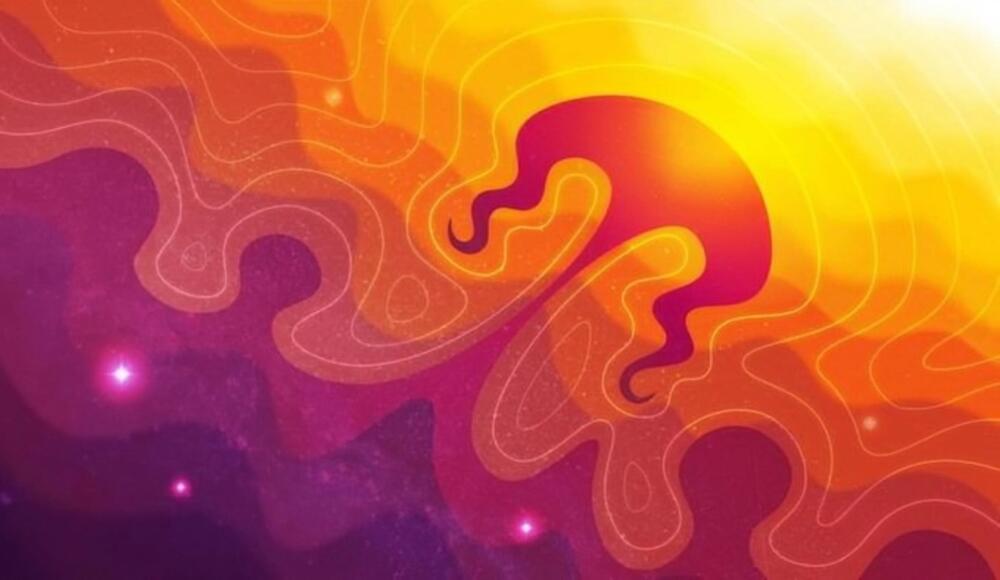

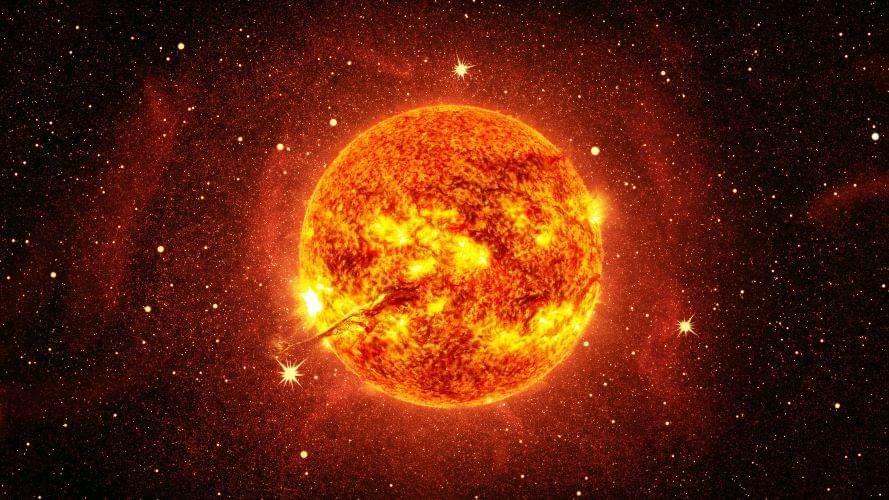
A new study published in The Astrophysical Journal, led by Assistant Professor of Astronomy Rana Ezzeddine and UF alumnus Jeremy Kowkabany, with collaborators, reports the discovery of a star that challenges astronomers’ understanding of star evolution and formation of chemical elements, and could suggest a new stage in their growth cycle.
It is widely accepted that as stars burn, they lose lighter elements like lithium in exchange for heavier elements like carbon and oxygen, but an analysis of this new star revealed that not only was its lithium content high for its age, but was higher than the normal level for any star at any age.
This star, named J0524-0336 based on its coordinates in space, was discovered recently by Ezzeddine as part of a different study that used surveying to look for older stars in the Milky Way. It is an evolved star, meaning that it is in the later stages of its “life” and is beginning to grow unstable. That also means that it is much larger and brighter than most other stars of its type, estimated to be about 30 times the size of the sun.

One-minute, short bursts of high-intensity interval training for 19 minutes may be more effective for improving fitness among people six months or more after a stroke than traditional, 20–30 minutes of moderate-intensity exercise sessions, according to research published today in the journal Stroke.
“This study shows that people with stroke can also benefit from high-intensity interval training,” said Kevin Moncion, Ph.D., a physiotherapist who led this study as part of his doctoral studies at McMaster University in Hamilton, Ontario, Canada. “With the right support and guidance, stroke survivors can safely and effectively engage in high-intensity interval training, significantly improving their overall health and recovery.”
The multi-site trial took place between September 2018 and March 2024 and included stroke survivors between six months to 5 years after a stroke. Researchers randomly grouped participants to receive either three days per week of 12 weeks of high-intensity interval training or three days per week of 12 weeks of traditional moderate exercise sessions. The high-intensity interval training protocol involved ten 1-minute intervals of high-intensity exercise, interspersed with nine 1-minute low-intensity intervals, for 19 minutes total. The moderate intensity continuous training involved 20 to 30 minutes of steady exercise at moderate intensity.
An exploration of the dual mystery of the cosmological lithium problem, but also the weird abundance of lithium in certain stars.
My Patreon Page:
/ johnmichaelgodier.
My Event Horizon Channel:
/ eventhorizonshow.
Music:
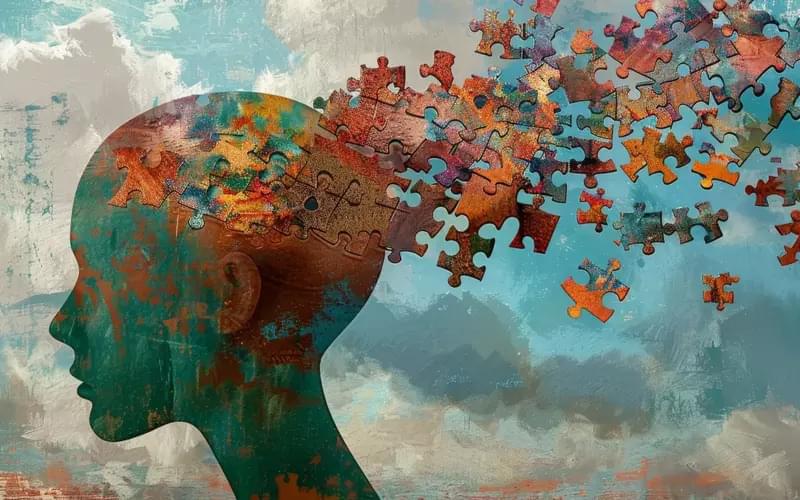
Many scientists, operating with a materialist worldview, argue that consciousness emerges out of inanimate molecules. In contrast, Roger Penrose’s longtime collaborator, Stuart Hameroff, puts forward the controversial case that consciousness precedes life and that we have evidence for this from a recent NASA experiment.
Rising antibiotic resistance drives interest in marine actinobacteria for new treatments.
They came across a natural compound that can inhibit the virulence of a dangerous strain of E. coli bacteria.
Innovative Diagnostic Solutions To Enhance Patient Experiences And Health Provider Decisions — Dr. Deborah Sesok-Pizzini, MD, MBA — Chief Medical Officer & Senior Vice President, Labcorp Diagnostics; Global Head of Quality And Discipline Director, Immunohematology.
Dr. Deborah Sesok-Pizzini, MD, MBA, is Chief Medical Officer And Senior Vice President, Labcorp Diagnostics, and Global Head of Quality And Discipline Director, Immunohematology, Labcorp (https://www.labcorp.com/deborah-sesok…), where she is involved in furthering the company’s initiatives to enhance the patient experience, enable health provider decisions and develop innovative testing solutions.
Dr. Sesok-Pizzini joined Labcorp with over two decades of experience in healthcare, holding multiple appointments with The Children’s Hospital of Philadelphia, including Patient Safety Officer, Chief of the Division of Transfusion Medicine and Vice-Chief of Pathology and Laboratory Medicine. She was also a professor of clinical pathology and laboratory medicine at the Perelman School of Medicine at the University of Pennsylvania in Philadelphia, PA.
Dr. Sesok-Pizzini earned her medical degree from the Penn State College of Medicine and did her residency and fellowship at The University of Pennsylvania’s Perelman School of Medicine. She also graduated from Villanova University, with a Master of Business Administration degree with a concentration in finance.
Dr. Sesok-Pizzini holds certifications in clinical pathology and blood bank and transfusion medicine. She is a member of the College of American Pathology, the American Society of Clinical Pathology, and the Association for the Advancement of Blood and Biotherapies. She is a board member of the Intersociety Council for Pathology Information and serves as an adjunct professor with the University of Pennsylvania’s Perelman School of Medicine.
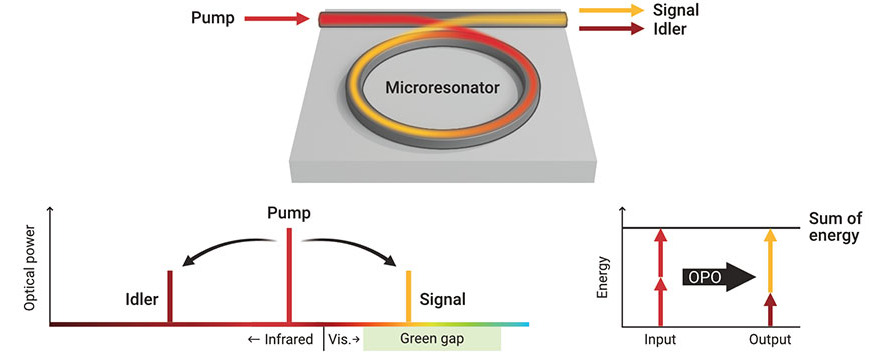
It’s not easy making green.
For years, scientists have fabricated small, high-quality lasers that generate red and blue light. However, the method they typically employ — injecting electric current into semiconductors — hasn’t worked as well in building tiny lasers that emit light at yellow and green wavelengths. Researchers refer to the dearth of stable, miniature lasers in this region of the visible-light spectrum as the “green gap.” Filling this gap opens new opportunities in underwater communications, medical treatments and more.
Compact laser diodes can emit infrared, red and blue wavelengths, but are highly inefficient at producing green and yellow wavelengths, a region known as the ‘green gap’. (Image: S. Kelley, NIST)
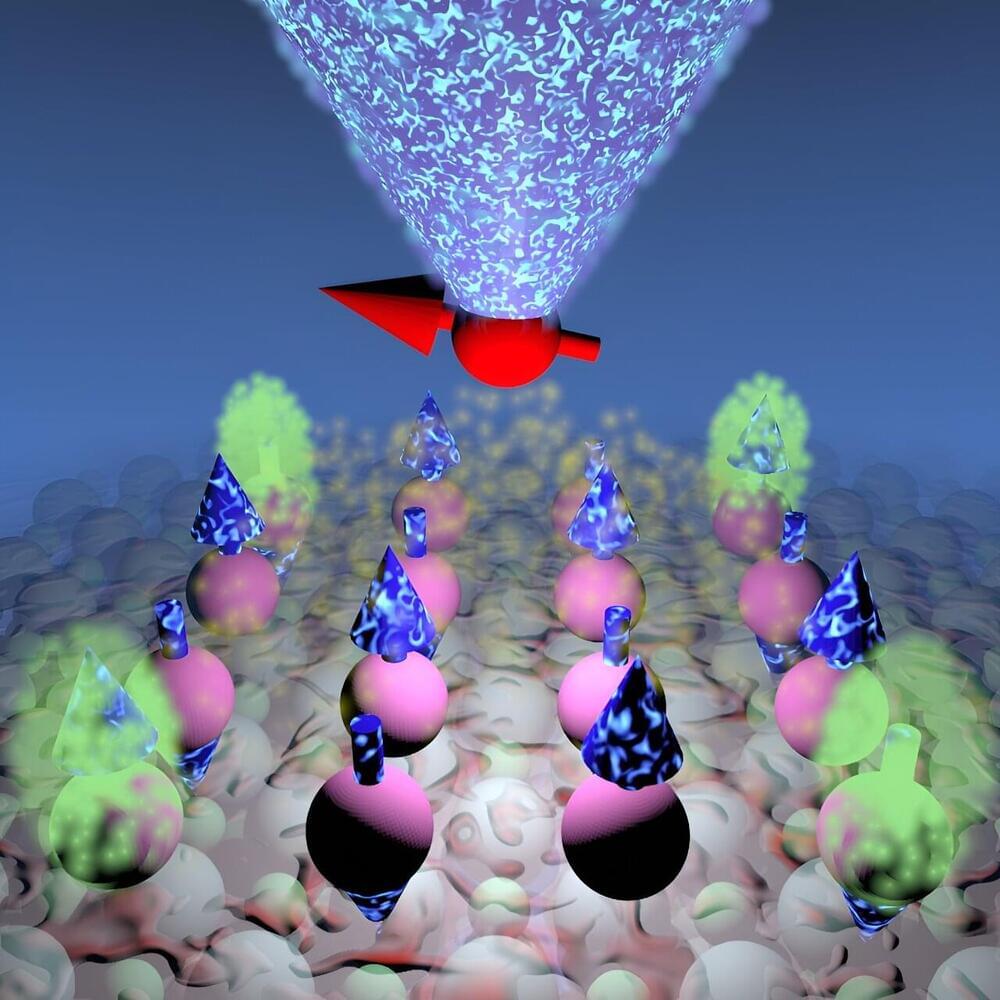
Quantum magnets are materials that realize a quantum superposition of magnetic states, bringing quantum phenomena from the microscopic to the macroscopic scale. These materials feature exotic quantum excitations–including fractional excitations where electrons behave as if they were split into many parts–that do not exist anywhere outside of this material.
To manipulate how the atoms behaved inside the quantum material the researchers had assembled, they poked each individual atom with a tiny needle. This technique allows for the accurate probing of qubits at the atomic level. The needle, in reality an atomically sharp metal tip, served to excite the atoms’ local magnetic moment, which resulted in topological excitations with enhanced coherence.
“Topological quantum excitations, such as those realized in the topological quantum magnet we now built, can feature substantial protection against decoherence. Ultimately, the protection offered by these exotic excitations can help us overcome some of the most pressing challenges of currently available qubits,” Lado says.
